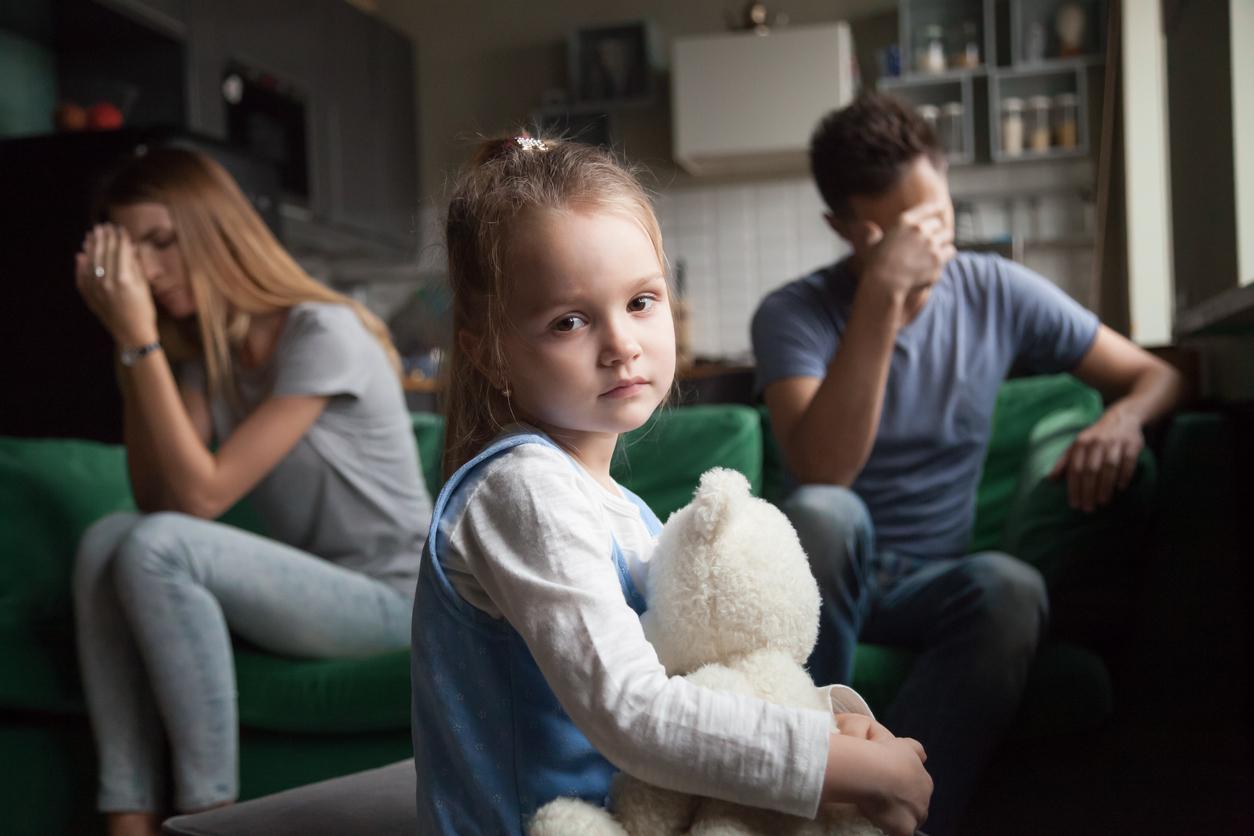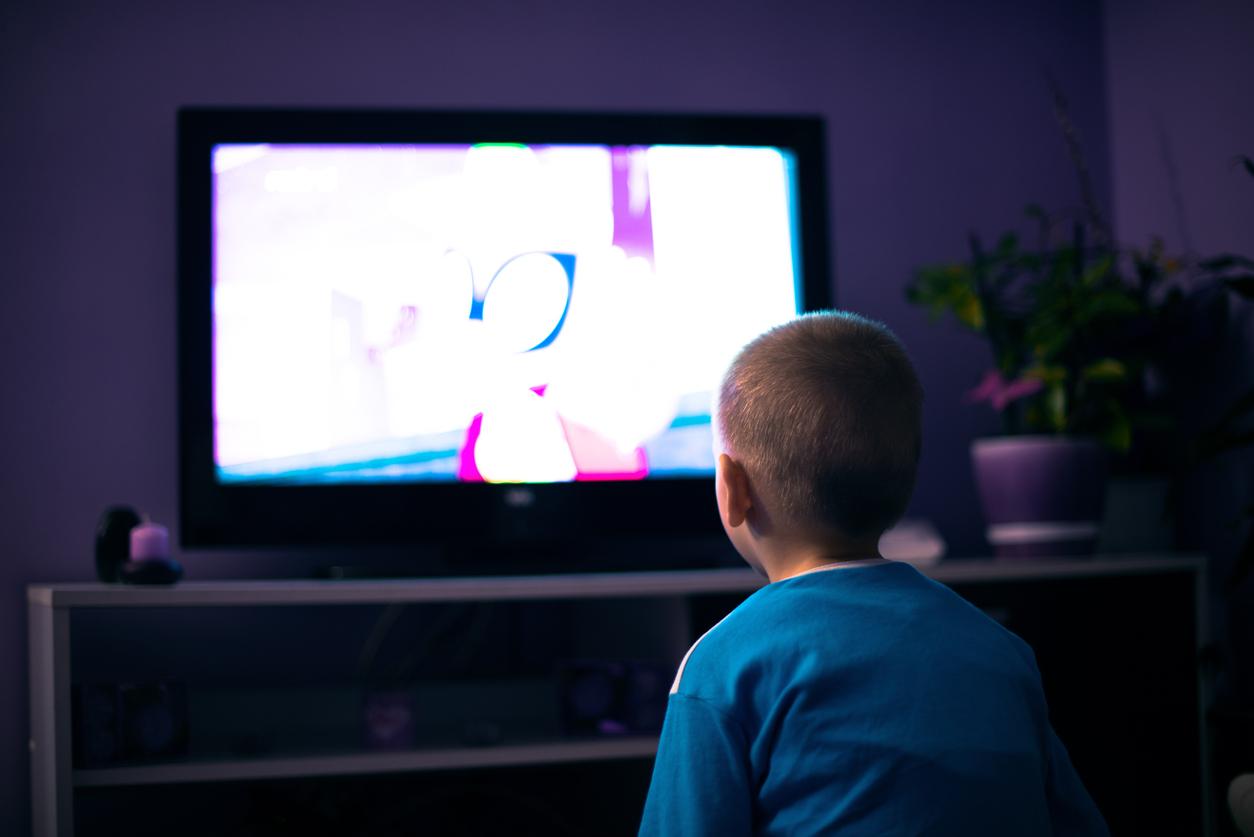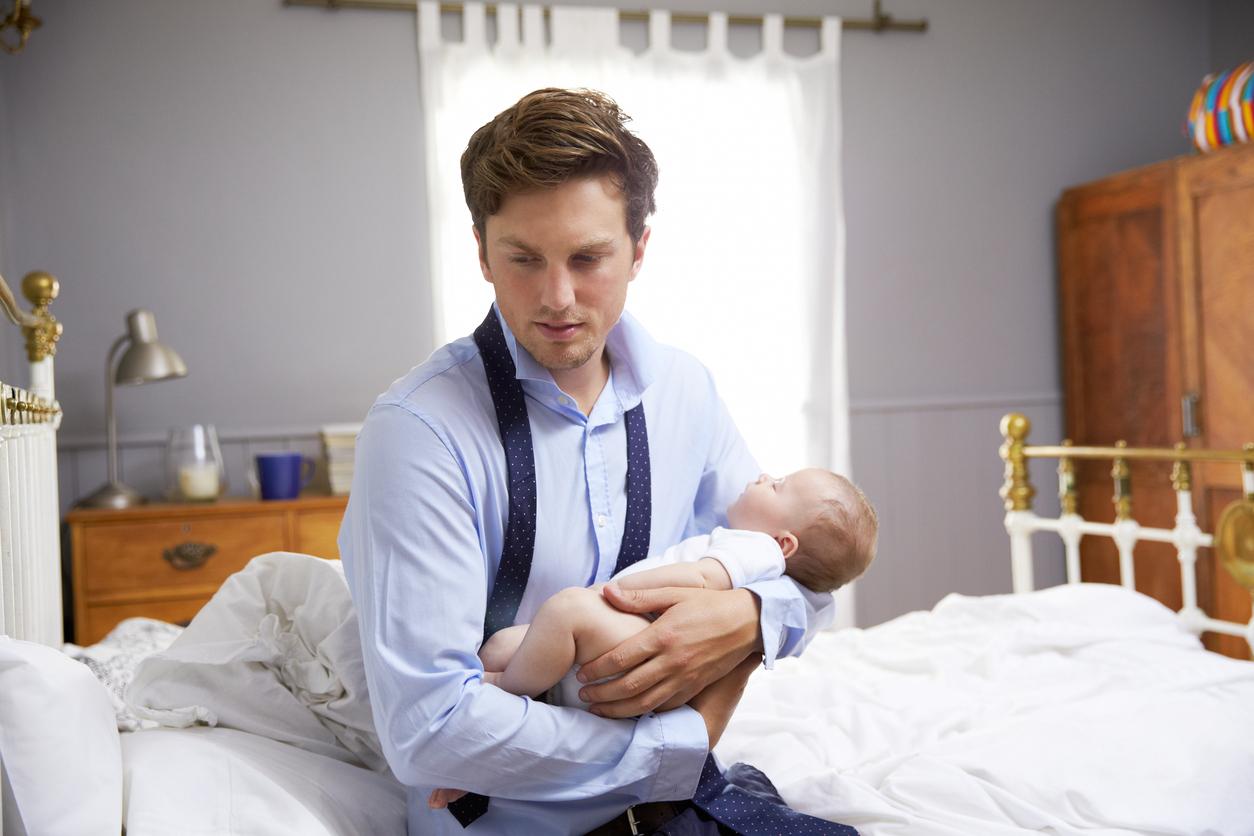A France Stratégie study revealed the consequences of parental breakup both on the standard of living and on the housing conditions of children.

- In France, parental separation results in a 19% reduction in the economic standard of living of children during the year of the separation.
- Social and tax transfers, alimony paid, resumption of work and repartnering cushion this decline.
- After a separation, 60% of children move.
Infidelity, excessive behavior, intrusion by in-laws… These different reasons can encourage a couple to separate or divorce. Problem: the children suffer the unfortunate consequences of this breakup. This was recently reported a study by France Stratégie, an organization attached to Matignon, in partnership with INED. This work was carried out with 36,000 French children from low-income or wealthy households, in alternate residences or living mainly with one of their parents, in single-parent or blended families. The young participants were followed between 2011 and 2019.
An economic loss of 19% during the year of parental separation
According to the results, parental separation results in a marked and lasting reduction in the standard of living for children. In detail, this drop was, on average, 19% the year of the breakup and 12% five years later. This economic loss was greater when young people lived with their mothers. The gap between the standard of living of the children concerned and that of children whose parents remained together “is 20% in the year of separation for children from the richest fifth of households, compared to 6% for children from the poorest fifth of households. This gap decreases but does not disappear over time. “
Alimony, tax transfers: factors play a very important shock-absorbing role
The study shows that the poverty rate doubles and reaches 29% in the year of separation. Five years after the breakup, it is estimated at 21%. When parents break up, the risk of falling into poverty increases, particularly for children from households with an intermediate standard of living before the separation. Rates reach very high levels for young people from large families. However, certain factors, such as social and tax transfers, alimony paid, resumption of activity and repartnering (which only concern 30% of children six years after separation) cushion the drop in standard of living. children.
Six out of ten children move after a breakup
Another point raised by researchers: six out of ten children move within three years following the separation, including 38% in the year of the breakup. Children who live with their mothers are most affected. “After separation, fewer children live in housing where one parent is the owner, and more in social housing, particularly for those who live with their mother.”















